One of my family’s favorite weekend activities, particularly now that it’s gotten warmer, is to spend the morning wandering around neighborhoods, whether it’s our own or one we haven’t been to before. Beyond the opportunity to get to know a place a bit better, it has the added bonus of allowing us to avoid the worst of the traffic on weekend afternoons, and also affords us the opportunity to observe Istanbul during its quietest hours, when the city’s residents are just waking up and getting a start to their day (in the interest of full disclosure, my husband and I aren’t disciplined morning people—we have an eight month old, which should be enough of an explanation). We’re always looking for new places to visit, and when I saw a striking photo of a beautiful blue building one week, we found ourselves in Balat that following Saturday.
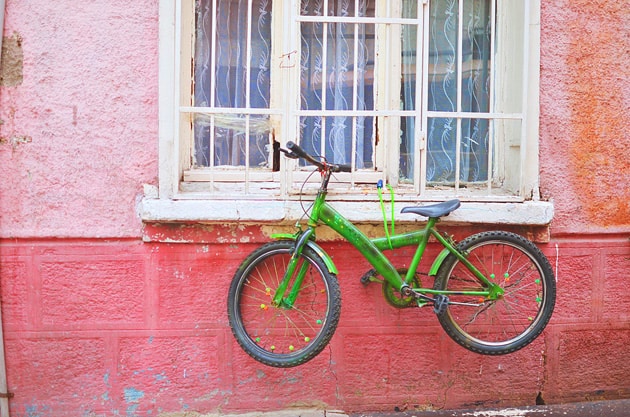
The Balat neighborhood is a quiet residential district on the western bank of the Golden Horn. It’s famous as a historical Jewish quarter and boasts a few synagogues, the most famous of which (Ahrida) is open to the public, though only with prior arrangement with the Chief Rabbinate. Through the Byzantine and Ottoman periods, Balat was where much of the Jewish community of Istanbul lived: they arrived as refugees from the Spanish Inquisition in the late 1400s. If you do get to visit Ahrida Synagogue, you’ll notice that the wooden bimah, its equivalent of a pulpit, resembles a ship’s prow; various sources will say that it either represents Noah’s Ark or the ships that brought the Jewish refugees to Istanbul.
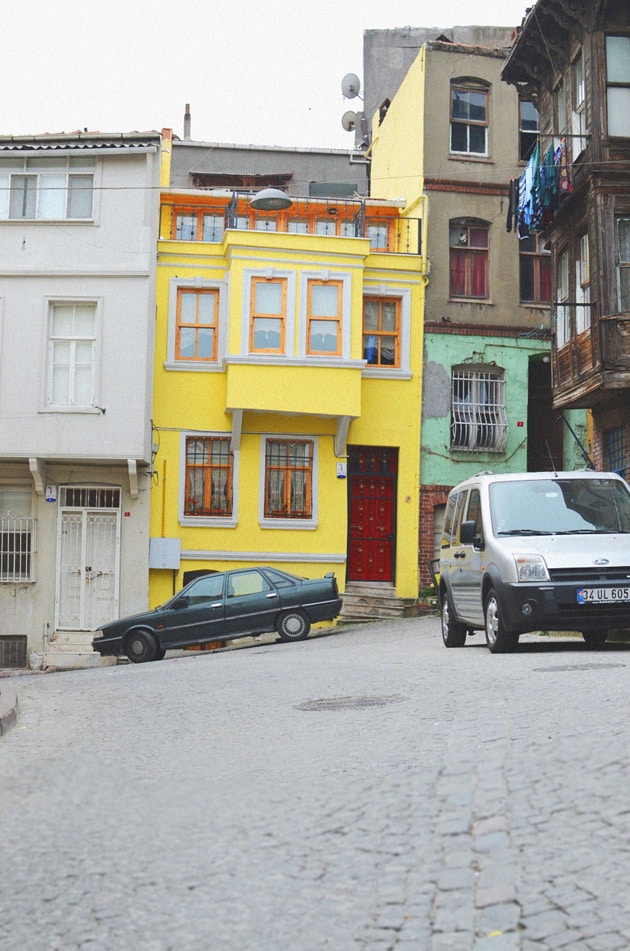
That’s only part of the neighborhood’s story, however, as it’s played host to various groups of minorities within Istanbul throughout the past several centuries. You’ll also see the famous Saint Stephen Church, a Bulgarian church established as separate from the Greek Orthodoxy; it’s an imposing, gothic structure that was made of iron cast in Austria and shipped down the Danube and across the Black Sea from Vienna. And at the point where Balat begins to blend seamlessly into the Fener neighborhood, you can also visit the Greek Orthodox Patriarchate, which is the center of Christian Orthodoxy worldwide. Little of this church’s original structure remains: it’s suffered damage from no less than three fires throughout the past several centuries. Saved from each fire was the patriarchal throne, which still sits in the church today: made of walnut and ivory, it is the most precious artifact there and believed by some to date as far back as the fourth century.
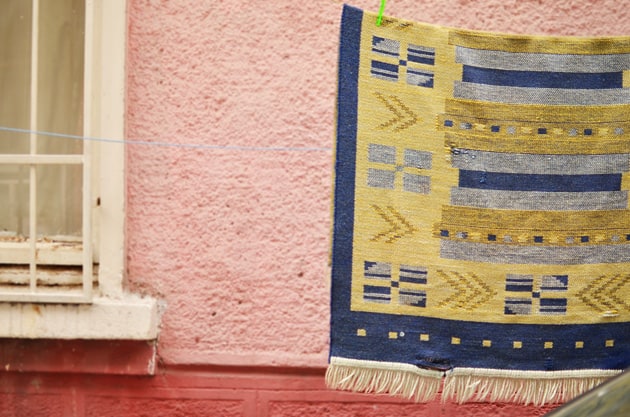
If tracking down old places of worship isn’t your thing, Balat also presents numerous winding roads and steep hills to wander in. The crumbling grandeur, unusual architecture, and bright colors make up the surreal scenery. If you’re a photography enthusiast, you’ll be spoiled for choice among the striking buildings. One of the distinguishing characteristics of the neighborhood is, of course, these vibrant hues; you’ll notice patterned blue tiles, dusty pink walls, and a particular bright yellow house on a slanted street that pops out beautifully against its drabber neighbors. Small pots of flowers often fill the window grates, and clotheslines of drying laundry stretch out stories above you between adjacent buildings.

If you’re in need of a snack or a meal after going up and down the neighborhood’s hills and sets of stairs, stop by Yaprak Pide and enjoy one piping hot out of the oven at the small restaurant’s outdoor table. It’s located on one of the main roads, a prime spot for some quiet people watching on a weekend morning.
Diane Zhang is a contributor to Yabangee and also blogs at thedailydilk.blogspot.com
Photo Credit: Diane Zhang
[geo_mashup_map]
























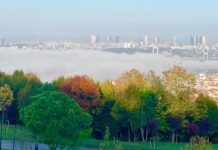
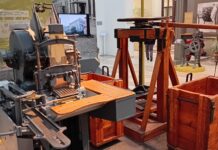
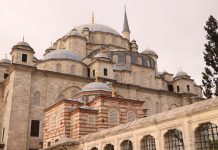
Nice article. Would you mind if I post this on my website for guests coming to Ist?
my website is http://www.1001nites.com. Thanks!!